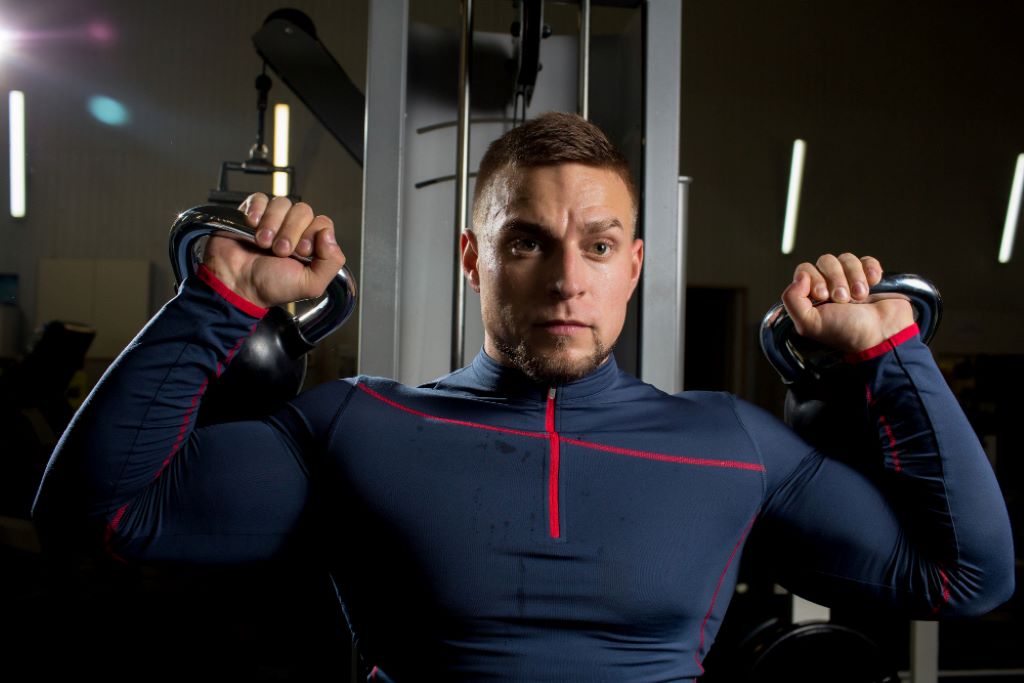In the realm of fitness, enthusiasts are constantly seeking innovative ways to optimize their workouts and maximize their results. One such innovation that has gained considerable attention in recent years is the body armor vest. Originally designed for military and tactical use, body armor vests have transitioned into the fitness world, promising enhanced muscle activation and improved performance.
In this article, we will delve deep into the science behind how body armor vests work to augment muscle activation during exercise routines.
Understanding Muscle Activation
Before we explore the impact of body armor vest, it’s essential to grasp the concept of muscle activation. Muscle activation refers to the recruitment and engagement of muscle fibers during physical activity.
The greater the activation of muscle fibers, the more effectively the muscle can perform its intended function, whether it be generating force, stabilizing joints, or providing dynamic movement.
The Role of External Resistance
In traditional strength training, external resistance, such as dumbbells, barbells, or resistance bands, is commonly used to challenge muscles and stimulate growth.
By providing resistance against the force generated by muscles, external weights prompt muscle fibers to adapt and become stronger over time. However, incorporating external resistance into workouts isn’t without its limitations.
Limitations of Traditional Resistance Training

While traditional resistance training methods are effective, they often target specific muscle groups and may neglect smaller stabilizing muscles.
Additionally, the range of motion and movement patterns involved in certain exercises may not fully mimic real-life activities or sports-specific movements. This is where body armor vests come into play.
The Innovation of Body Armor Vests
Body armor vests introduce a unique form of resistance training by distributing weight evenly across the torso, shoulders, and upper body.
Unlike handheld weights or machines that primarily target isolated muscle groups, body armor vests provide holistic resistance, engaging a broader range of muscles during dynamic movements.
Principles of Neuromuscular Adaptation
The effectiveness of body armor vests lies in their ability to stimulate neuromuscular adaptation. Neuromuscular adaptation refers to the process by which the nervous system and muscles collaborate to generate force and control movement.
When exposed to external resistance, the nervous system sends signals to the muscles, prompting them to contract and produce force to overcome the resistance.
Enhanced Muscle Recruitment
One of the key mechanisms through which body armor vests enhance muscle activation is by increasing the recruitment of stabilizing muscles.
Unlike traditional forms of resistance training that primarily target prime mover muscles, body armor vests impose a more comprehensive challenge, requiring synergistic muscles to engage in order to maintain stability and control throughout movements.
Engagement of Stabilizer Muscles

During exercises such as squats, lunges, or overhead presses while wearing a body armor vest, stabilizer muscles throughout the core, shoulders, and upper back are forced to work harder to maintain proper alignment and posture.
This increased demand on stabilizers not only improves overall strength and stability but also reduces the risk of injury by reinforcing proper movement mechanics.
Dynamic Resistance Training
Another advantage of body armor vests is their versatility in dynamic resistance training. Unlike static forms of resistance, such as lifting weights or using machines, body armor vests allow for a more fluid and functional approach to resistance training.
By adding resistance to natural, multi-joint movements like squats, lunges, and push-ups, body armor vests facilitate more dynamic and functional strength gains.
Integration with Plyometric Training
Plyometric exercises, which involve rapid and explosive movements, are another area where body armor excel. By adding weight to plyometric movements like box jumps, jump squats, or burpees, body armor intensify the workload on muscles and elevate the metabolic demands of the workout.
This leads to greater improvements in power, speed, and overall athletic performance.
The Science of Progressive Overload
Central to the effectiveness of any resistance training program is the principle of progressive overload. Progressive overload involves gradually increasing the intensity, volume, or duration of exercise over time to continually challenge the muscles and stimulate growth.
Body armor offer a convenient and customizable way to implement progressive overload by allowing users to adjust the amount of weight added to the vest.
Adaptation and Muscle Hypertrophy

As muscles adapt to the increased demands imposed by body armor, they undergo physiological changes that promote growth and hypertrophy.
Over time, the repeated stress of resistance training with a body armor vest stimulates the synthesis of new muscle proteins, leading to an increase in muscle size, strength, and endurance.
Conclusion
In conclusion, body armor represent a groundbreaking innovation in the realm of resistance training, offering a holistic approach to muscle activation and performance enhancement. By distributing weight evenly across the upper body, these vests engage a broader range of muscles during exercise, leading to greater gains in strength, stability, and overall fitness.
Incorporating body armor vests into your workout routine can provide a challenging and effective means of achieving your fitness goals while unlocking your body’s full potential.




